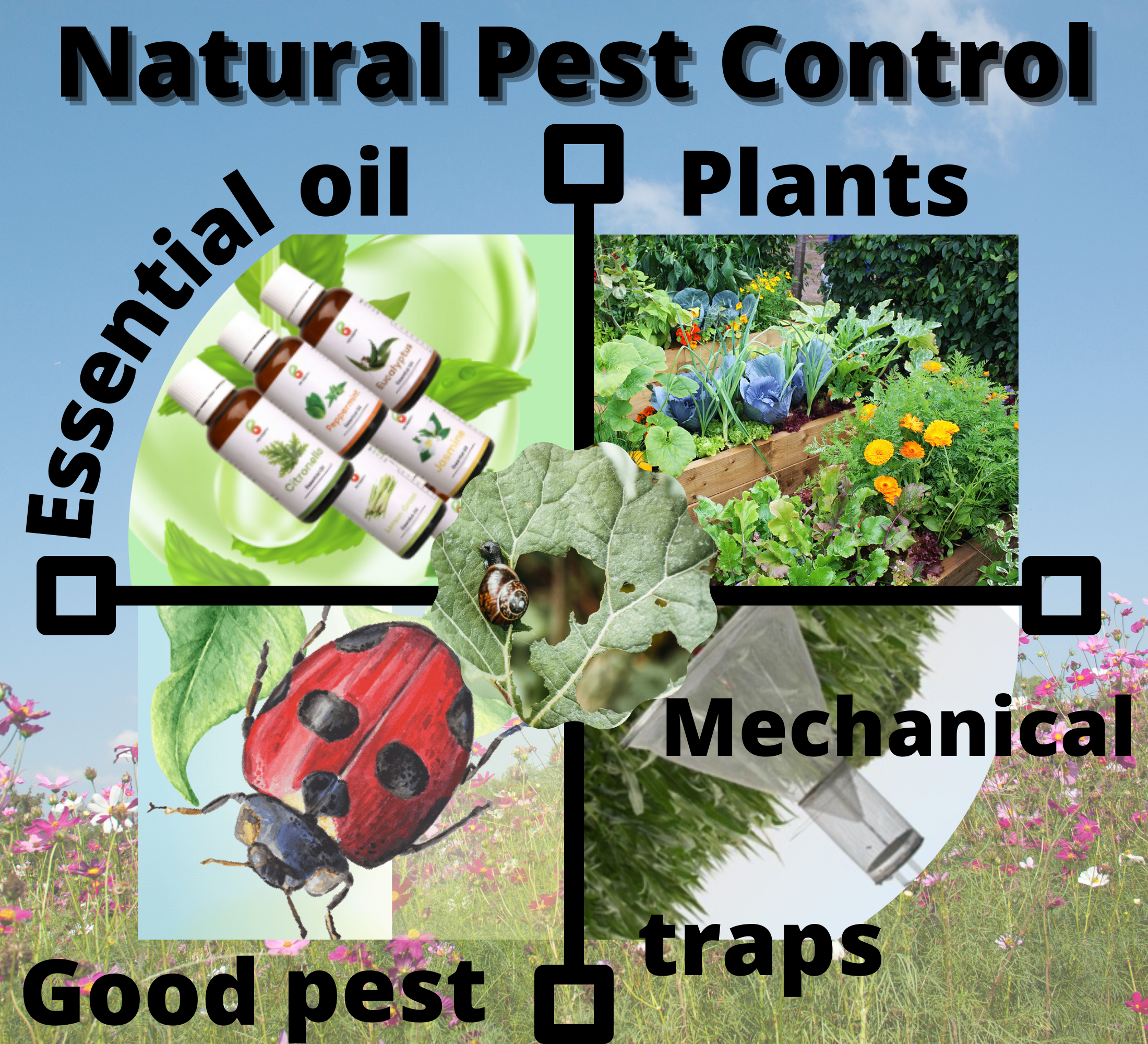Getting My Pestwise To Work
Getting My Pestwise To Work
Blog Article
Our Pestwise Ideas
Table of ContentsUnknown Facts About PestwiseSome Known Questions About Pestwise.Rumored Buzz on PestwiseWhat Does Pestwise Do?The 4-Minute Rule for PestwiseFacts About Pestwise RevealedGet This Report on Pestwise

Q. Define "integrated bug monitoring" (IPM) and listing several feasible control methods that might be used in an IPM method. A. Integrated bug administration is the incorporating of suitable insect control tactics into a single strategy to lower insects and their damages to an acceptable degree. Bug control techniques might include: host resistance, organic control, social control, mechanical control, hygiene, and chemical (pesticide) control.
The Basic Principles Of Pestwise
What can you do to keep the parasites you are attempting to control from coming to be resistant to the chemicals you use? A. Insect resistance can be lowered by utilizing incorporated bug monitoring and turning the sorts of chemicals made use of.
Bugs are an essential risk to the farming company, and integrated insect monitoring assists cultivators address and minimize these threats. Integrated pest administration makes use of several methods in complex, thus being an extra efficient remedy to the problem. Bed Bug Treatment. Specifically, removing hostile chemical approaches permits decreasing damage to people and the atmosphere by making use of natural and more secure choices instead
The Basic Principles Of Pestwise
The objective of integrated parasite management is to reduce this harm and control acceptable infestation levels rather than get rid of all undesirable populations. This is why it is essential to recognize what measures are warranted in each case and usage hostile ones just when various other incorporated administration strategies do not work. Integrated management minimizes the adverse consequences of a non-IPM approach, and the primary benefits of IPM Perks of IPM.
A correct understanding of the problem range establishes if the trouble must be resolved. are the following parts of an IPM program because it is crucial to recognize if the organisms make possible threats and make a decision on the integrated management choices or the certain chemical usage. intend to lower invasions by applying different agronomic methods.
See This Report about Pestwise
Integrated administration choices in an IPM program begin with much safer to extra aggressive ones. The prior integrated management aspects help recognize how to prepare and implement an IPM program action by step: Monitor your plants on a regular basis.

Among others, IPM cultural approaches include the complying with area administration techniques: dirt therapy; option of ideal plants; crop rotation; interplanting or strip chopping; choice of growing dates; weed control; use of trap plants. Positive soil problems accelerate plant development, and energetic crops are extra immune to infestations. Mosquito Control. In incorporated bug management, soil testing helps understand if the area appropriates for the manufacturing of this or that plant, and afterwards apply the doing not have nutrients to make sure plant healthy growth
The 8-Second Trick For Pestwise
No-till techniques assistance stop soil erosion, adding to lasting farming. When tilling is essential, it is advised to perform it in the loss to subject them to natural adversaries and extreme climate. Healthy seed startings and seeds determine successful crop growth, so it is necessary to select pest-free growing material with strong roots.
Hence, to name a few applications, crop turning can be efficiently made use of as an integrated pest monitoring technique. Vermin spread slower if rows of various plant types divide their host plants in intercropping click now or strip chopping, which is also used in the incorporated pest administration system. Alternatively, infestations increase when plants of the exact same crop kind or family expand with each other.
Potato beetles can harm growing potatoes, as well as tomatoes. Growing catch plants in spots is another alternative for IPM intercropping. This incorporated pest management approach recommends bring in pests to particular plants and afterwards controlling them with chemical or mechanical methods. Specifically, you can expand soybeans as catch crops for Japanese beetles.
Little Known Facts About Pestwise.
Obstacles are regular examples of physical IPM approaches. Fully grown bugs or their eggs and larvae are accumulated by hand and damaged.

Division of Plant Sciences. College of Missouri. Soil solarization is an effective incorporated management strategy to sanitize the area by warming it in a natural means. This integrated management approach implies an usual way of damaging pests by predators, parasitoids, pathogens, and other biological control representatives (aka antagonistic organisms). The role of organic control in IPM is to.
The Buzz on Pestwise
With time, their populace ended up being a genuine nuisance to farmers together with indigenous kangaroos or dingoes. The walking cane toad is one more case showing incorporated organic control failure in this respect when it rejected to search the target types and came to be an insect itself. Parasitoids create on or within their hosts to ultimately eliminate them after maturing.
Report this page